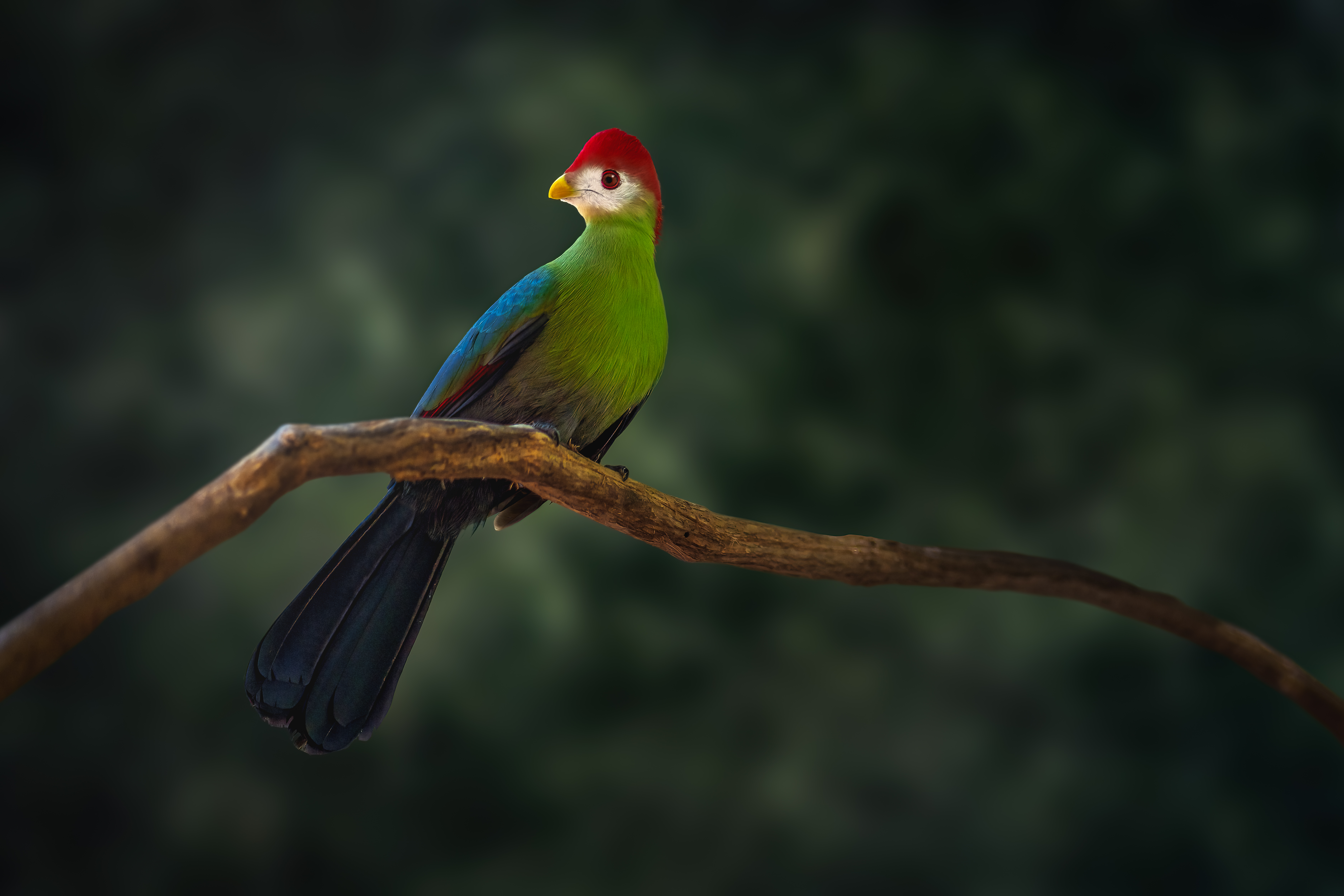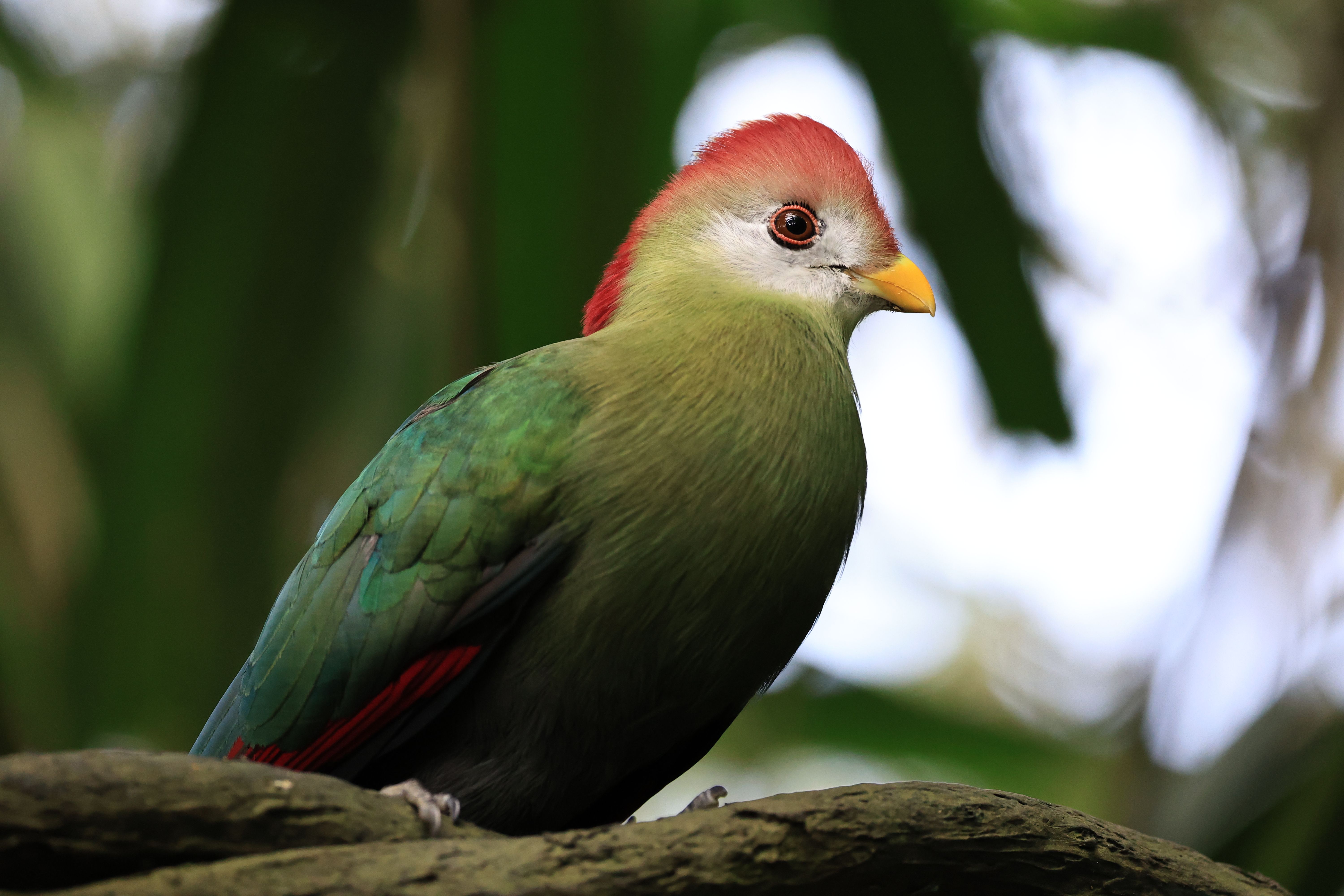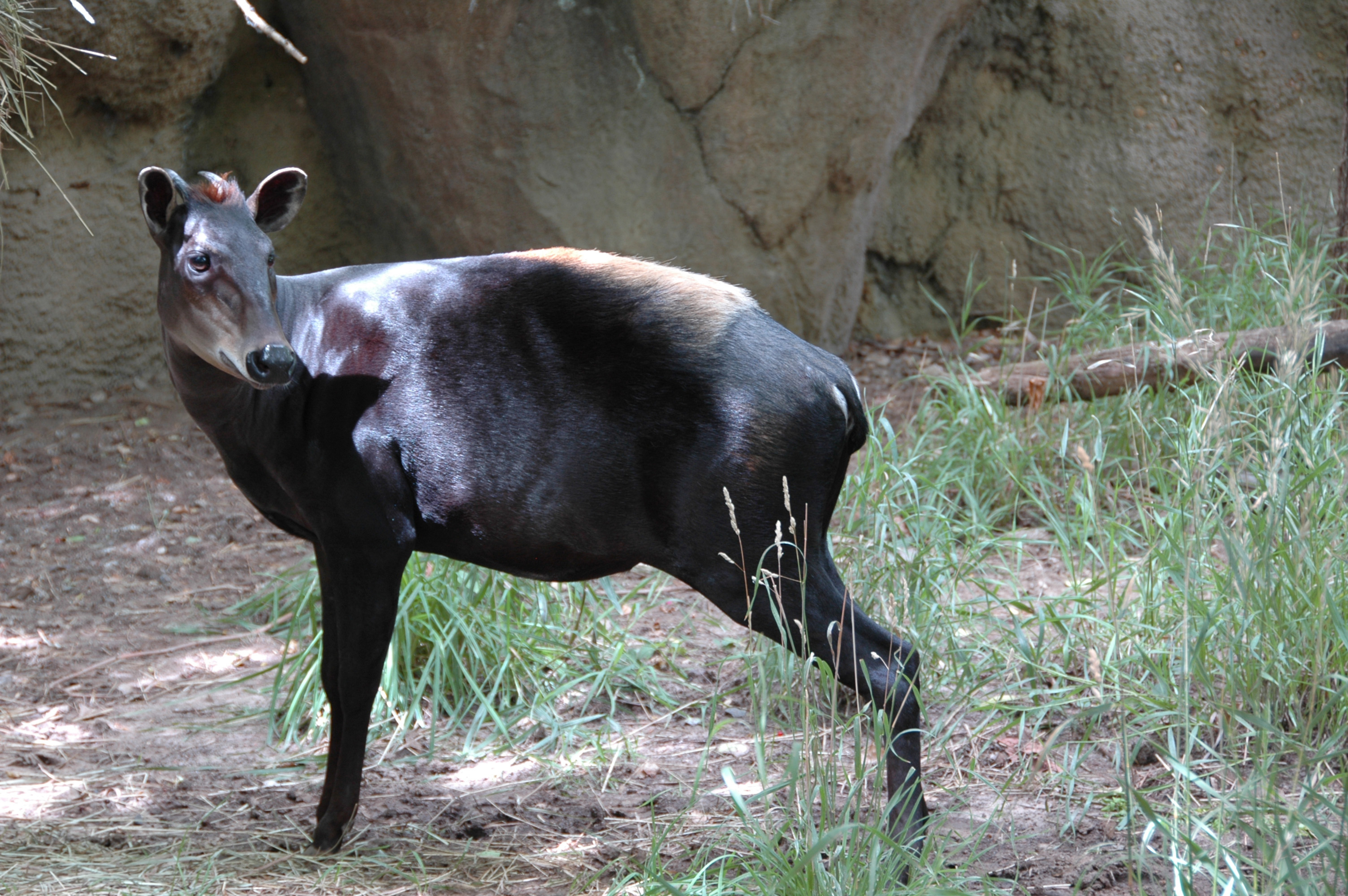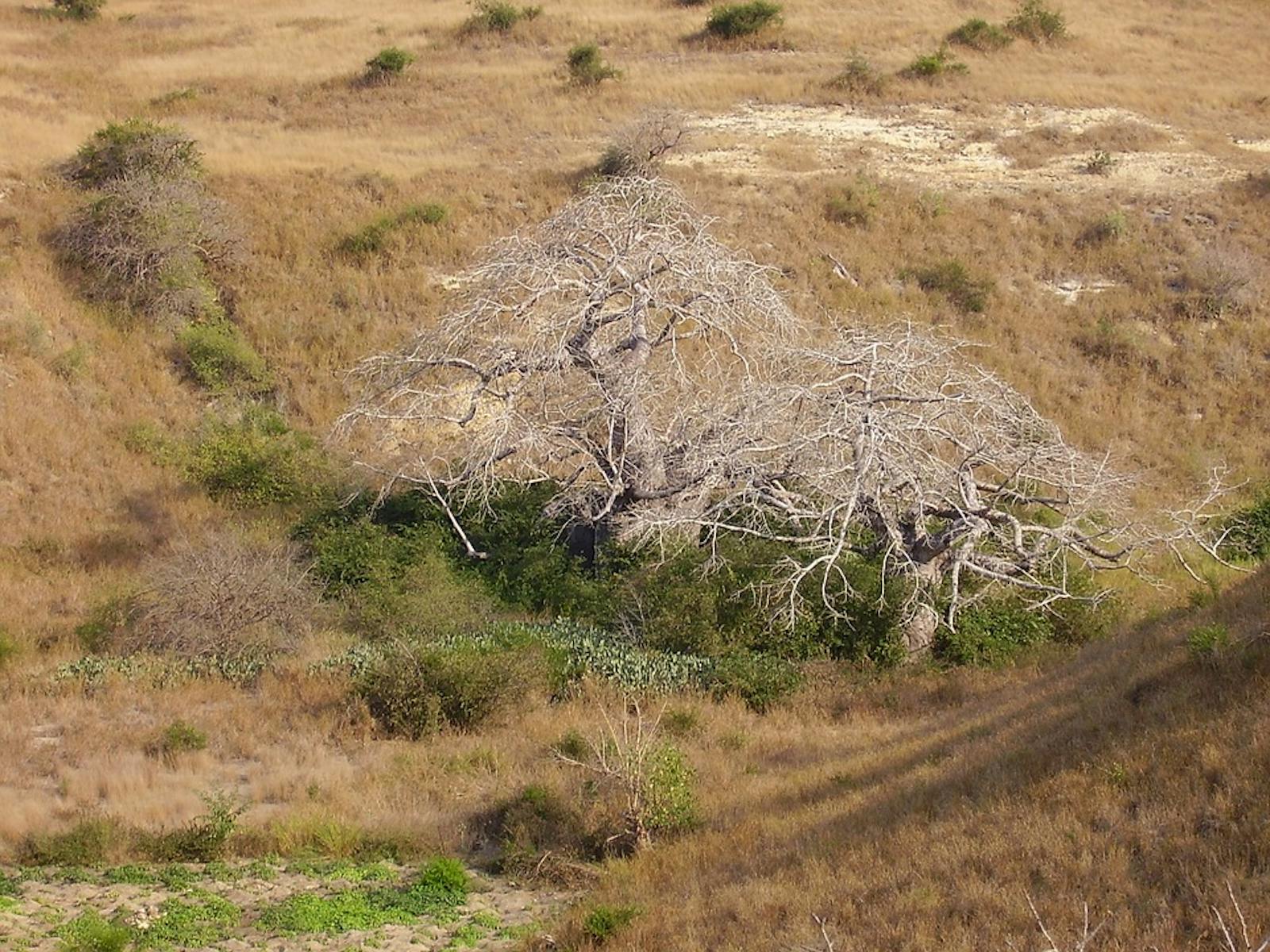Angolan Scarp Savanna and Woodlands
The ecoregion’s land area is provided in units of 1,000 hectares. The conservation target is the Global Safety Net (GSN1) area for the given ecoregion. The protection level indicates the percentage of the GSN goal that is currently protected on a scale of 0-10. N/A means data is not available at this time.
Bioregion: Greater African Subequatorial Savannas & Mixed Woodlands (AT11)
Realm: Afrotropics
Ecoregion Size (1000 ha):
13,704
Ecoregion ID:
35
Conservation Target:
9%
Protection Level:
7
States: Angola
Angola is one of the most biodiverse countries in Africa, and the escarpment forests are the most significant regions in the country. Here, you will find the majority of Angola’s endemic birds, including the charismatic grey-striped francolin and the red-crested turaco. Political instability and civil war for the past 30 years in the region have brought about a serious impact on the ecoregion, on the one hand halting development and clearing of intact forest into agriculture and settlement, on the other hand disrupting all effective operations in protected areas, leading to serious problems of poaching. However, new hope for conservation arose after the war ended.

The flagship species of the Angolan Scarp Savanna and Woodlands ecoregion is the red-crested turaco (Tauraco erythrolophus). Image Credit: Diegograndi, Envato Elements.
The ecoregion comprises a long, narrow strip of land between the Atlantic Ocean, the southwest arid biome of Angola, and the top of the scarp face of the Central African Plateau. It includes two main geomorphologic regions: the Coastal Belt and the Transition Zone. The Transition Zone is a discontinuous escarpment belt formed through erosion of the ancient massif, which runs more or less parallel to the coast.
The ecoregion has a tropical climate with summer rain. Along the coast, the cold Benguela current influences the climate so that humidity is high year-round while annual rainfall is low, ranging from 400 to 800 millimeters (16-31 in). Offshore, the Benguela Current meets warm equatorial waters and produces mists precipitated by the escarpment. A narrow belt on the escarpment combines the high summer rainfall of the inland areas with the year-round humidity of the coastal plains. Total precipitation within this zone is thought to exceed 1,600 millimeters (63 in).

A beautiful, vibrant red-crested turaco (Tauraco erythrolophus) perched on a tree full of leaves. Image Credit: Wirestock, Envato Elements.
Vegetation is highly varied and ranges from dry woodland and wooded grassland to humid mist forest. The woodland forests are characterized by species of Sterculia setigera, Euphorbia conspicua, Strychnos spp., Acacia welcitschii, and baobob. On the upper slopes of the escarpment, humid mist forest patches are of Guineo-Congolian affinity with dominant tree species such as Celtis prantlii, Morus mezozygia, Albizia glaberrima, A. gummifera, Ficus mucuso, and F. exasperata.
The escarpment allows subspecies to develop in the drier southwest arid and Brachystegia biomes by forming a barrier between them. The escarpment zone, with its great range of elevations and relatively high humidity, has provided refugia for forest species in periods of climatic desiccation. The scarp forest is important for bird endemism as well as being a biogeographic barrier influencing speciation.
_male_CC_Charles%20J.%20Sharp.jpg)
Roan antelope (Hippotragus equinus). Image Credit: Charles J. Sharp, Wiki Creative Commons.
Strictly endemic or near-endemic bird species include grey-striped francolin, red-crested tauraco, Angola helmetshrike, white-fronted wattle-eye, and Angola slaty-flycatcher. In the northernmost part of the ecoregion are forests and grasslands of the Guineo-Congolia/Zambezia regional transition zone. Forest mammals include Beecroft's scaly-tailed squirrel, forest giant squirrel, forest elephant, potto, bay duiker, and water chevrotain.
The large mammal fauna of the grasslands used to include roan antelope, red buffalo, elephant, southern reedbuck, bushbuck, and eland. However, hunting during the war eliminated many mammals. Among the mammals in the montane escarpment forest are yellow-backed duiker, black-fronted duiker, blue duiker, and tree pangolin.
There is one protected area in the ecoregion: the Quiçãma National Park bordering the Atlantic Coast and the banks of the Cuanza and Longa Rivers. The proposed Gabela and Chingoroi Strict Nature Reserves would cover patches of biologically important escarpment forest. Most of Angola’s protected areas have been abandoned as their wardens were forced to leave for economic or security reasons during the civil war and have become open areas for poachers and settlers.

Yellow-backed duiker (Cephalophus silvicultor). Image Credit: Charles Gibson, Dreamstine.
The disruption of the civil war (1973–2002) resulted in shade-coffee plantations becoming overgrown, providing habitats for many endemics. However, today, the most immediate and important threats to the ecoregion’s biodiversity are the encroachment of subsistence agriculture via slash and burning in the fertile escarpment forest areas and charcoal production at lower elevations. Hunting is virtually uncontrolled in most of Angola, including the protected areas.
The human population density in the ecoregion is highly variable, being densest in and around Luanda, the country’s capital city. This large population has had a serious impact on the natural resources of the adjacent regions. People have settled within the boundaries of Quiçãma National Park, where they hunt and practice slash-and-burning agriculture.
The priority conservation actions for the next decade
1) Develop a contiguous network of protected conservation areas across the ecoregion.
2) Promote and build the capacity of local communities to take up sustainable livelihoods, including wildlife-friendly agricultural practices.
3) Implement reforestation initiatives, including establishing native tree nurseries.
-
-
1. Burgess, N., Hales, J.A., Underwood, E., Dinerstein, E., Olson, D., Itoua, I., Schipper, J., Ricketts, T. and Newman, K. 2004. Terrestrial ecoregions of Africa and Madagascar: a conservation assessment. Island Press.
2. Mills, M.S. 2010. Angola’s central scarp forests: patterns of bird diversity and conservation threats. Biodiversity and conservation. 19(7), pp.1883-1903.
3. European Commission. 2016. Larger than elephants: Inputs for an EU strategic approach to wildlife conservation in Africa – Regional Analysis. Brussels, Belgium: European Union.
4. Caceres, A., Melo, M., Barlow, J., De Lima, R.F. and Mills, M.S. 2017. Drivers of bird diversity in an understudied African centre of endemism: The Angolan Central Escarpment Forest. Bird Conservation International. 27(2), pp.256-268. -
Cite this page: Angolan Scarp Savanna and Woodlands. Ecoregion Snapshots: Descriptive Abstracts of the Terrestrial Ecoregions of the World, 2021. Developed by One Earth and RESOLVE. https://www.oneearth.org/ecoregions/angolan-scarp-savanna-and-woodlands/
-




